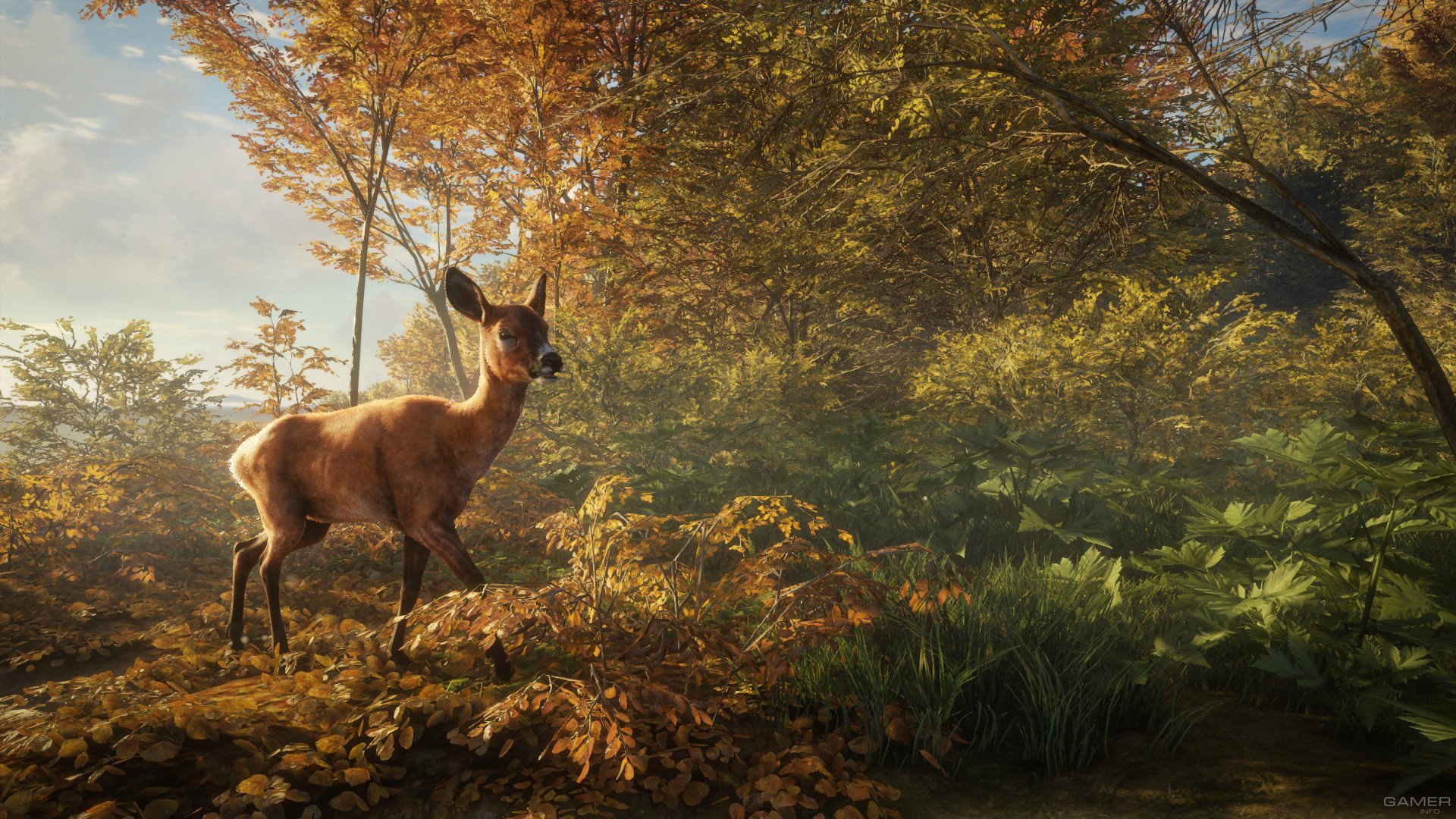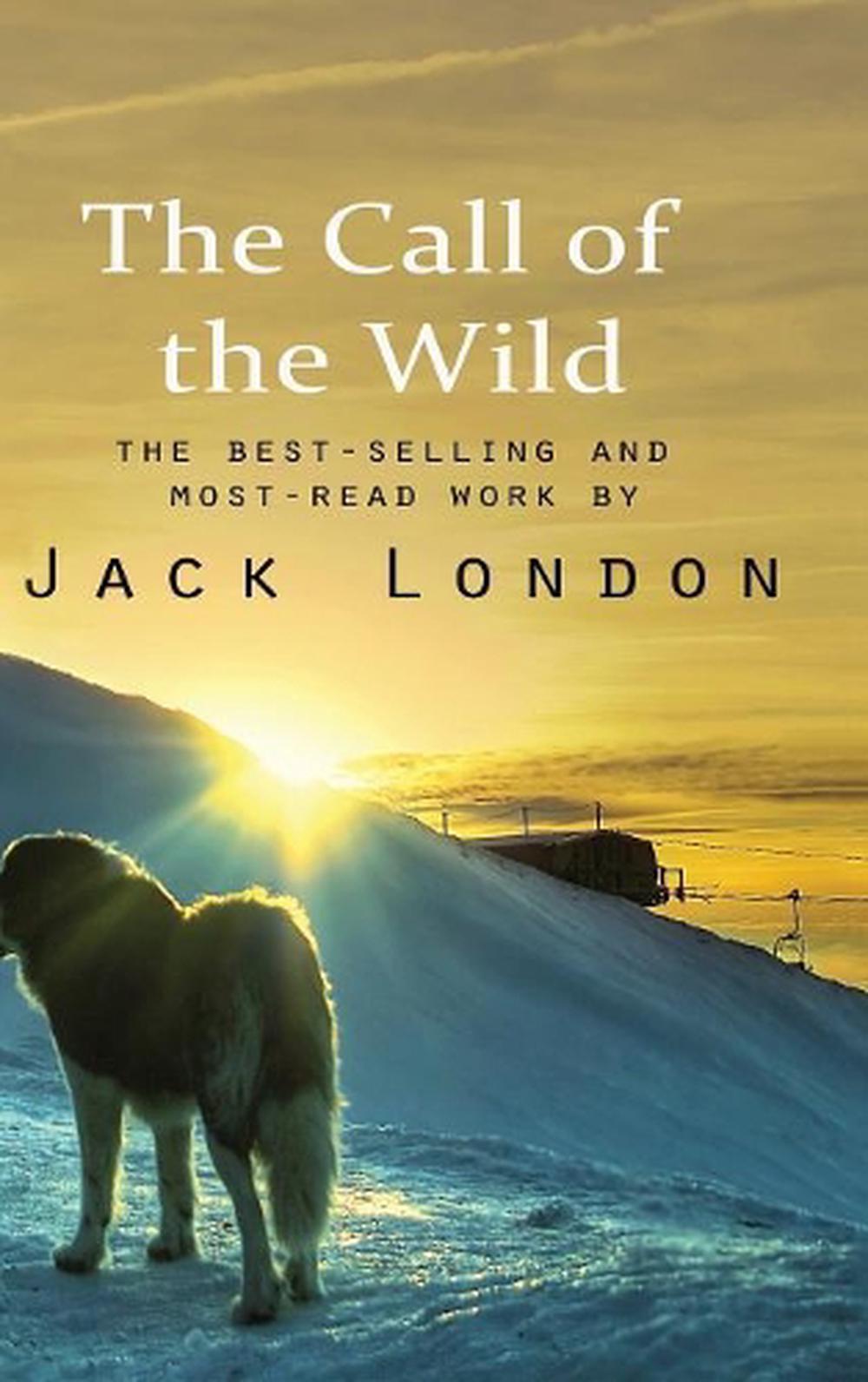

This version of the film would finally be able to tell the tale from Buck’s perspective. His experience writing and directing emotional movies featuring largely or completely nonverbal animated characters (such as Stitch from “Lilo & Stitch” and Toothless from the first “How to Train Your Dragon” film) made him an ideal candidate to portray Buck the dog as well-rounded and fully-realized, just like in London’s book, without resorting to making him talk. One reason that Chris was asked to direct this new take on “The Call of the Wild” is his extensive career in animation at Disney and DreamWorks. By using CG animals, we can have the dogs act on cue.” When director Chris Sanders was approached to work on “The Call of the Wild,” producer Erwin Stoff pitched the concept to him as a unique opportunity to adapt the Jack London classic as never before by using photorealistic CG animals: “For the first time, we’ll be able to do the entire book - not just the final 30 pages, like every other adaptation has done.

That level of anthropomorphism requires a subtlety in performance that clearly conveys Buck’s thoughts and feelings - as written in the book - through only his body language and facial expressions.įortunately, each dog character in the film was based on a real dog, allowing the animators to pick and choose the best expressions from life to create an exceptional but still genuine performance. One reason: Jack London’s most famous work was one of the first novels to tell a story from an animal’s point of view. ”The Call of the Wild” was a sensation when it was published in 1903. Multiply that by the eight other dogs on Buck’s dog sledding team and the task of simply getting each animal to hit their marks simultaneously becomes exponentially more challenging. Even with the most talented trainers in Hollywood, there are definitely limits to what you can do with a living, breathing dog. It’s not worth possibly putting an animal through anything like that just for a movie. Recall the German shepherd in Universal Pictures’ 2017 film “A Dog’s Purpose”: this dog went under rough water while filming a scene, and, although he was unharmed, he was clearly terrified. Even assuming none of the dogs were hurt, it’s important to remember that dogs don’t know they’re acting. In the film adaptation, Buck learns “the law of club and fang” at the hands of a cruel master, has to defend himself against a rival member of his dog sledding team, braves an icy waterway and an avalanche, gets pushed to the brink of death at the end of a whip, rides whitewater rapids in the bow of a canoe, and finally answers the call of the wild and goes entirely feral.Īccurately enacting many of these scenes with live dogs would be difficult to film without possibly putting the animals at risk of injury. Set in the late 1800s Yukon, the story follows Buck the dog as he encounters and overcomes a number of hardships. “The Call of the Wild” is a famously harsh book.


 0 kommentar(er)
0 kommentar(er)
